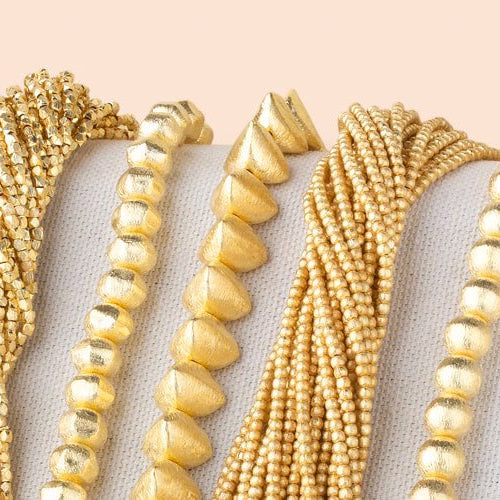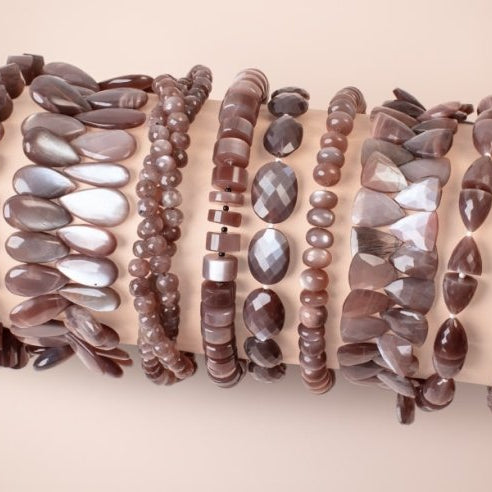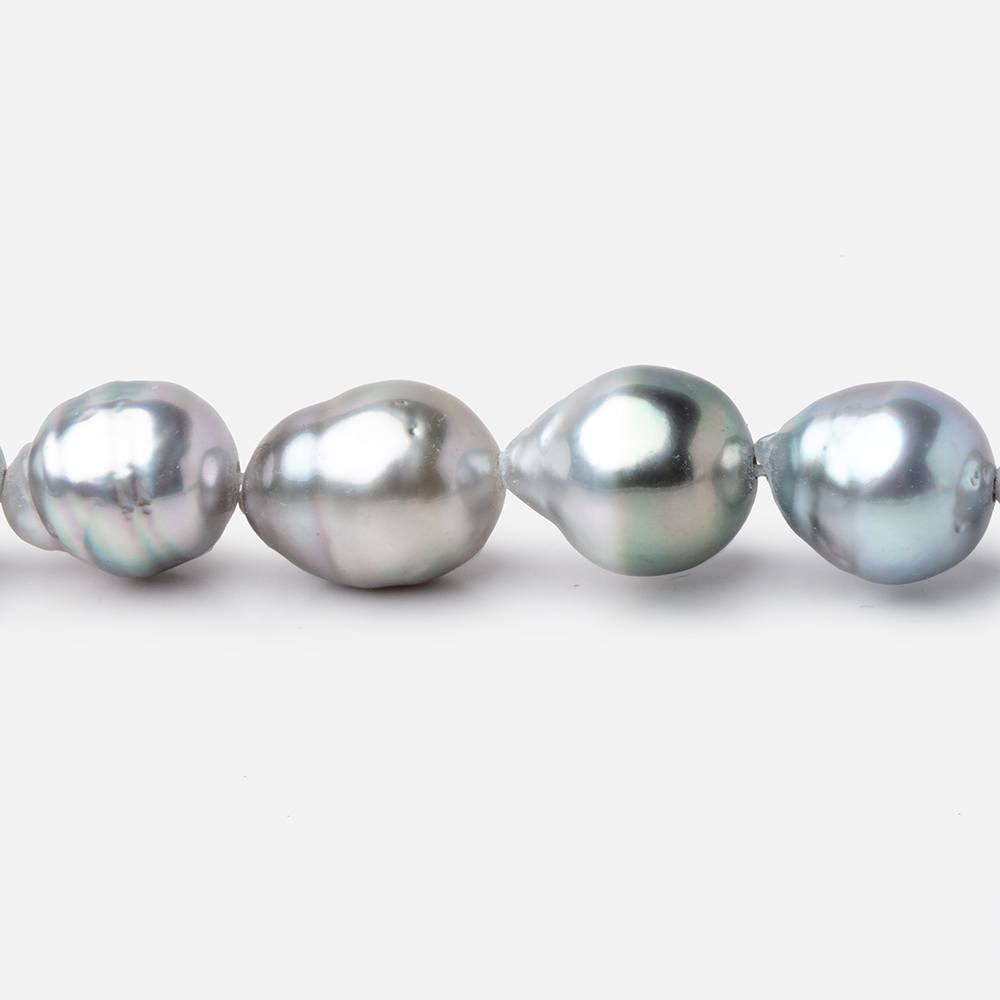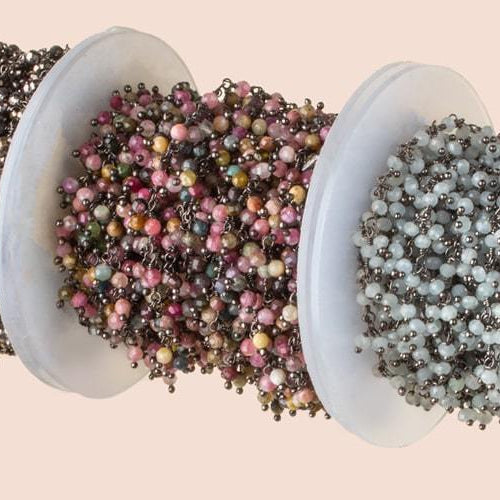Gemstones can be classified into two categories: precious and semi precious. Not sure what the difference is? Many people aren’t, but we can help clear that up for you. The reason behind the classification dates back to the mid-1800s, and this has had a large impact on how the public perceives these gemstones today. Read on to understand what separates these types of gemstones and why they are classified as precious and semi precious.
What Are Precious and Semi Precious Gemstones?
All gemstones are pieces of mineral crystals that are cut and polished for jewelry or other embellishments. These gemstones can be classified into precious and semi precious. The West uses precious gemstones to describe rubies, sapphires, emeralds, and diamonds, with all other types of gemstones being semi precious. You may be wondering what the difference between the four gemstones and all the others are. The answer to that question is: nothing. Their intrinsic value is no different, but the public’s perception of these stones has simply made them more valuable.
History of Classification
The terms precious and semi precious came into existence during the early 1900s as a marketing ploy made up by people who were trying to sell precious stones. While there is no difference between precious and semi precious stones, the idea was that precious stones had a much higher value. This idea is pretty misleading today, seeing as how a low quality diamond can sell for $100, while a high quality garnet can sell for $1,000.
The Ancient Greeks placed more value on certain gemstones than others, but they weren’t diamonds or sapphires. Instead, the Greeks thought that certain gemstones such as amethyst had healing properties, thus, making them precious in the eyes of Greeks. Our definition of precious gemstones has evolved over time based on the value we place on these gemstones.
Should We Quit Using These Terms?
It’s difficult to say. While some argue that any gemstone can be precious simply by its beauty, others recognize that emeralds, sapphires, rubies, and diamonds have more value to the public eye and therefore deserve the recognition. The fashion industry has also had a significant role in the public’s perception of gemstones, and many of us can’t help but place more value on gemstones that are worn by the fashion elite. No matter what type of gemstone that you choose for jewelry and jewelry making, it is important that you purchase them from a place that knows the gem business, and which can supply you with high quality gems (both precious and semi precious).
Other Classifications of Gemstones
There are many other ways that gemstones are classified. Gemologists (those who study gemstones) can classify them by their chemical composition, their crystal structure, by visual characteristics, and more. Here are a few ways that we can classify gemstones:
Durability: Classifying gemstones by their durability has two parts. Durability can refer to their toughness, which is their resistance to breakage. It can also refer to the gemstone’s hardness, or its resistance to scratch. Many of us have heard of Mohs Scale of Hardness. Most gemstones consist of minerals, and this scale compares the hardness of other minerals by seeing which ones can scratch others.
Specific gravity: Gem materials have varying levels of density. Some gems may float in salt water (meaning, they have a density that is similar to salt water), or they can sink, indicating that they have a much greater density. Two gemstones can be the same size but have different weights, allowing them to be easily classified by their density. Gemologists refer to this relative density as specific gravity.
Color: Another way to classify gemstones is by their color. A gemstone’s color is described by its hue, tone, and intensity. Hue is a way to describe color shades based on the light spectrum, such as red, yellow, blue, green, and violet. Tone is simply the color variation from light to dark. Intensity is the measure of the purity of the gemstone’s color. Some gemstones can undergo a change of color when viewed in certain directions, and others can’t be adequately classified unless viewed through special lenses.
Why You Should Care
Hopefully, we have cleared up some of the confusion over precious and semi precious stones. Neither type of stone is intrinsically more valuable than the other, but our perceived value of these gemstones matters and has an influence on their price. With any gemstones, make sure that you purchase them through a jewelry supplier that you trust to give you a fair price.










